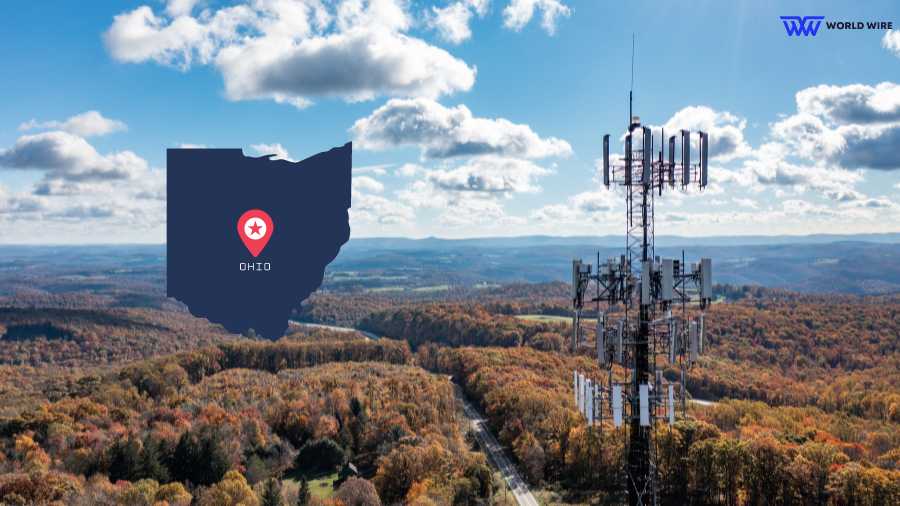During a recent interview, the chief for Broadband Ohio, Peter Voderberg, said that Ohio has “very competitive” and “aggressive” broadband providers, which is good for the state to reach overall broadband availability.
He highlights that while the state had $77 million from the federal Capital Projects Fund to offer for rural broadband projects, it received requests totaling $780 million.
Voderberg leads a team of six at the Ohio Department of Development.
During his interview, Voderberg said, “We’re very fortunate that we have a very competitive and aggressive ISP marketplace looking to expand broadband throughout the state.”
“We have forged great relationships and have partners willing to bid for these projects and apply for grant programs.”
“This is it; we have one shot to get this right, and the time is now,” he said.
Ohio has received $232 million from Ohio’s Residential Broadband Expansion Grant Program (ORBEG) and $268.6 million in the Treasury Capital Projects Fund (CPF), which Voderberg explains has been mostly earmarked.
“We took all of the CPF funds and dedicated them to a series of projects,” said Voderberg.
He mentioned that the first $90 million was allocated to community development centers in the Appalachian region, an area where BroadbandOhio is only slightly involved.
“These centers will, of course, feature robust broadband access,”
Voderberg said that next month, an additional $77 million from the Capital Projects Fund will be awarded for broadband projects.
These grants did not require matching funds, yet the average match was about 55%. Also, $20 million of the fund will be used for an affordability grant program and $10 million for line extension. The specifics of these programs are still being finalized.

In addition to ORBEG and CPF, Ohio has also received $793.7 million in BEAD funding to cover 262,000 eligible locations, including 87,000 underserved and 175,000 unserved locations.
Voderberg anticipates two rounds of BEAD funding for Ohio.
“We’ll start with a robust round one, allocate funds by census block, and at first, focus on where we can deploy fiber. Round 2, we will need to get creative with incentives and rely on our good ISP partners,” Voderberg said.
“We have worked hard to ensure we have an ecosystem where ISPs will apply and help achieve our universal connectivity goals.”
Ohio is beginning its BEAD investment by allocating $50 million to workforce development programs.
This funding will support Ohio’s “Strengthening Ohio’s Broadband & 5G Workforce” Strategy, focusing on training and education to prepare a skilled workforce.
Voderberg expects that after upcoming approvals and a brief challenge period, the first round of funding will be awarded late this year or early next.
When asked about the sufficiency of funds, Voderberg confidently stated that Ohio is “making it work.”
Voderberg has an extensive vision for Ohio Broadband expansion; as per Voderberg, “There aren’t a lot of people that fight for Ohioans. Someone needs to be looking out for Ohioans to make sure we are getting a good deal and getting connected.”
“We are going to reach universal coverage and make the state a better place,” he said.







Add Comment